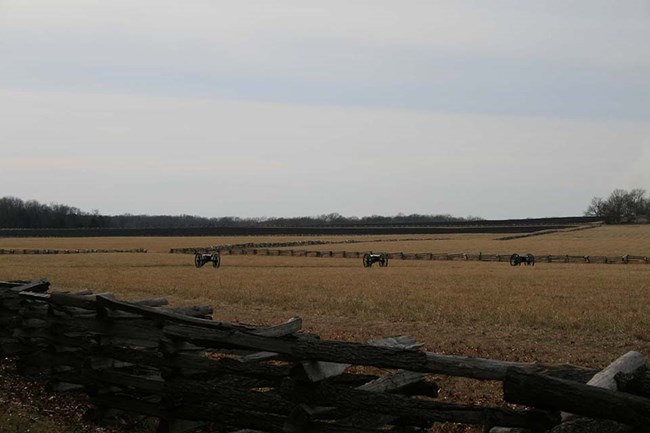
NPS-Photo
The wildlife species found in the park are typical of northwest Arkansas. Animal populations vary among the different plant habitats. Sixty-three species of breeding birds are confirmed through ongoing monitoring efforts with 16 being species of continental importance (Peitz 2009). The yellowthroated vireo (Vireo flavifrons) was the most commonly occurring species during the breeding season, and indigo bunting and northern cardinal were common. Three grassland obligate species were recorded, the eastern meadowlark (Sturnella magna), grasshopper sparrow (Ammodramus savannarum), and Henslow's sparrow (Ammodramus henslowii) (Peitz 2009).
Source: NPS DataStore Saved Search 3507 (results presented are a subset). To search for additional information, visit the NPS DataStore.
Source: NPS DataStore Collection 4260 (results presented are a subset). To search for additional information, visit the NPS DataStore.
Check out the links below for other interesting science information about your park:
Air Quality in Parks
Learn about the air quality at your park and how it has changed over time.
NPS Geodiversity Atlas
An interactive map to explore the full variety of natural geologic (rocks, minerals, sediments, fossils, landforms, and physical processes) and soil resources and processes that occur in your park.
NPSpecies
Find out what plants and animals are present in your park or other parks.
Last updated: October 15, 2018
